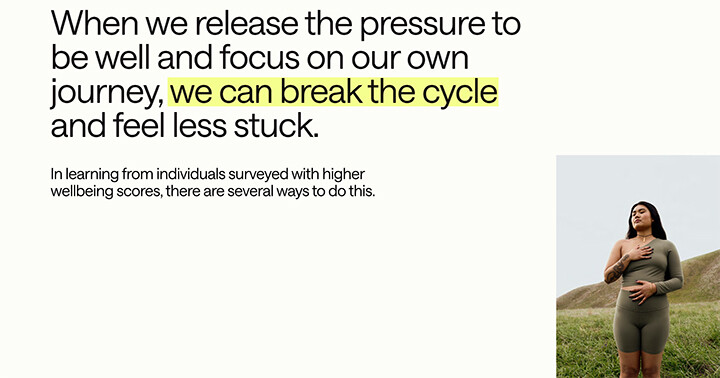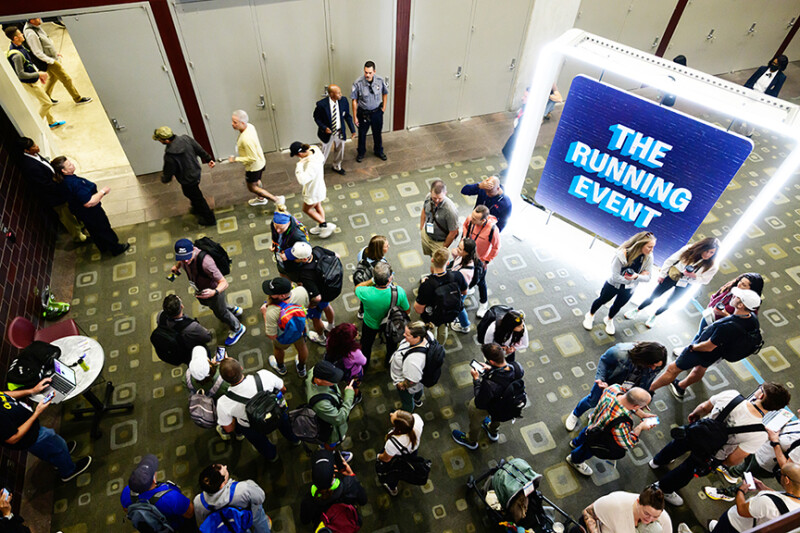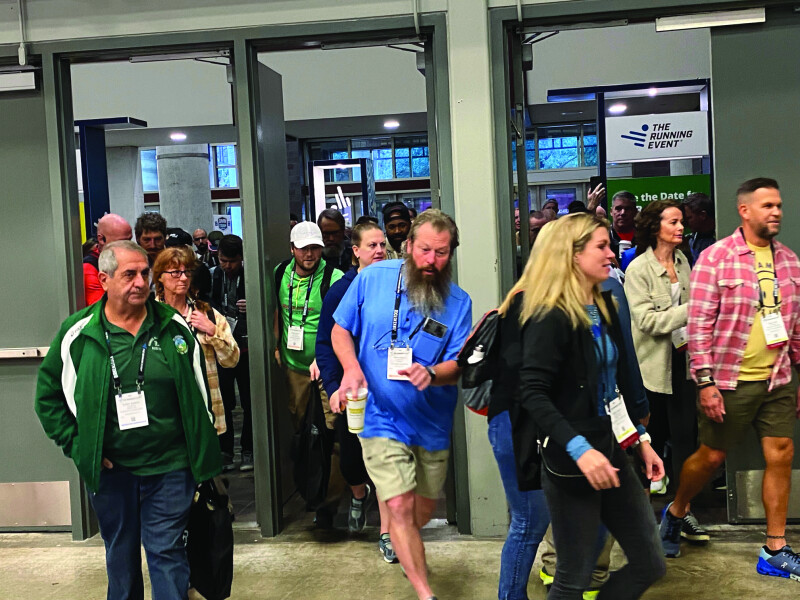Is “the relentless pursuit of wellbeing making us less well?” That’s the question none other than wellness and leisure brand Lululemon asks and tries to answer in its recently released fourth annual 2024 Global Wellbeing Report. And the results should be of particular to run and outdoor specialty retailers and brands that rely on a commitment to wellness among their customers.
The key finding as spelled out by Lululemon: While 89 percent of consumers have found more ways to improve overall health and wellness, so has the pressure to maintain the momentum. In fact, nearly two-thirds of respondents struggle with the “growing societal demand to support their wellbeing in specific ways,” causing almost half to experience the dreaded “wellbeing burnout.”
“The data shows us that moving with others and feeling a sense of community can positively impact how a person feels,” explains Calvin McDonald, CEO of Lululemon. “By sharing these insights, we hope to stimulate conversations and encourage people to reflect on how to support their wellbeing.”
Another key finding was measured by its Wellbeing Index Scores, which remained stagnant worldwide over the past four years, which, according to Lululemon, “underscores a need for a change in the approach to improving wellbeing.”
Among the other findings:
- 89 percent of respondents experiencing “wellbeing burnout” say loneliness contributes.
- 61 percent experience overwhelming societal expectations to appear well.
- 53 percent said there is an overwhelming amount of conflicting information about the best ways to improve wellbeing.

Looking to be a part of the solution, Lululemon then goes on to make recommendations on ways to help consumers worldwide get “unstuck and move beyond ‘wellbeing burnout.'”
- Quiet the Noise – Set boundaries and take a break from social media. Practice meditation,.
- Do what feels good to you – Pace yourself throughout the day. Spend time in nature. Those who move their body a little throughout the day reported a 16 percent higher wellbeing rate.
- Invite others on your Journey – Those who use physical activity as an opportunity to socialize with others reported a 23 percent higher wellbeing rate.
- “Often, the pressure to improve our wellbeing causes us to overthink and fixate on what’s lacking in our lives,” adds Dr. Murali Doraiswamy, a professor at Duke University and Lululemon Mental Wellbeing Global Advisory Board member, who recommends setting gradual, achievable goals that turn the pursuit of wellbeing “into a source of joy and anticipation rather than stress”.






